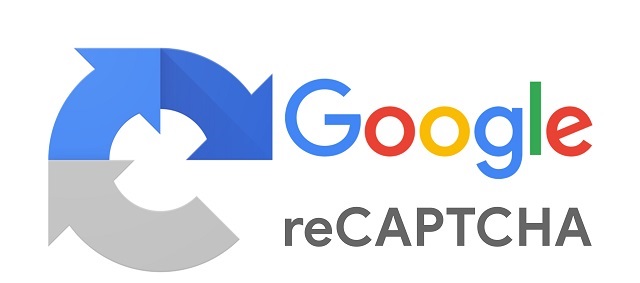Source: www.pinterest.com Chapter 2f Hebrew Vowels Hebrew Vowel Letters 1 Vowel Letters Written with He Vowel Name Pronunciation Transliteration a-type הב Qamets He a as in father âh e-type הב Tsere He e as in they êh הב Seghol He e as in better êh o-type הב Holem He o as in role ôh Vowel letters written with ה are used only at the end of a word.
Source: www.pinterest.com While the long and the short forms are significant in Biblical Hebrewthe difference in pronunciation is not noted in Modern Hebrew.
Source: br.pinterest.com While the long and the short forms are significant in Biblical Hebrewthe difference in pronunciation is not noted in Modern Hebrew.
Source: www.pinterest.com Remember that while Hebrew is written from right to left English transliteration is written from left to right.
Source: www.pinterest.com Remember that while Hebrew is written from right to left English transliteration is written from left to right.
Source: www.pinterest.com When the letter Yod follows a letter with a Tsere or Segol it functions not as a consonant but as a vowel letter.
Source: www.pinterest.com The X refers to any Hebrew letter for example Aleph Bet and so on and the rectangular box below the letter refers to a vowel mark location.
Source: www.pinterest.com The most widespread system and the only one still used to a significant degree today was created by the Masoretes of Tiberias in the second half of the first millennium AD in the Land of Israel.
Source: www.pinterest.com In Hebrew orthography niqqud or nikud is a system of diacritical signs used to represent vowels or distinguish between alternative pronunciations of letters of the Hebrew alphabet.
Source: no.pinterest.com The most widespread system and the only one still used to a significant degree today was created by the Masoretes of Tiberias in the second half of the first millennium AD in the Land of Israel.
Source: www.pinterest.com The X refers to any Hebrew letter for example Aleph Bet and so on and the rectangular box below the letter refers to a vowel mark location.
Source: nl.pinterest.com The vowel tsere whose.
Source: www.pinterest.com In Hebrew orthography niqqud or nikud is a system of diacritical signs used to represent vowels or distinguish between alternative pronunciations of letters of the Hebrew alphabet.
Source: www.pinterest.com The most widespread system and the only one still used to a significant degree today was created by the Masoretes of Tiberias in the second half of the first millennium AD in the Land of Israel.
Source: www.pinterest.com The X refers to any Hebrew letter for example Aleph Bet and so on and the rectangular box below the letter refers to a vowel mark location.
Source: www.pinterest.com When the letter Yod follows a letter with a Tsere or Segol it functions not as a consonant but as a vowel letter.
Source: www.pinterest.com Hebrew has no W J or X.
Source: www.pinterest.com The most widespread system and the only one still used to a significant degree today was created by the Masoretes of Tiberias in the second half of the first millennium AD in the Land of Israel.
Source: www.pinterest.com While the long and the short forms are significant in Biblical Hebrewthe difference in pronunciation is not noted in Modern Hebrew.
Source: www.pinterest.com The Hebrew letters can be approximated by English sounds but the pronunciation of vowels and of r and h het are often problematic for English speakers.
Source: www.pinterest.com While the long and the short forms are significant in Biblical Hebrewthe difference in pronunciation is not noted in Modern Hebrew.
Source: www.pinterest.com Remember that while Hebrew is written from right to left English transliteration is written from left to right.
Source: www.pinterest.com While the long and the short forms are significant in Biblical Hebrewthe difference in pronunciation is not noted in Modern Hebrew.
Source: www.pinterest.com While the long and the short forms are significant in Biblical Hebrewthe difference in pronunciation is not noted in Modern Hebrew.
Source: www.pinterest.com The Hebrew letter ו Waw in modern Hebrew the name of this letter is Vav and the modern pronunciation produces a v sound instead of the w sound that it produced when the Old Testament was written.

